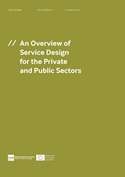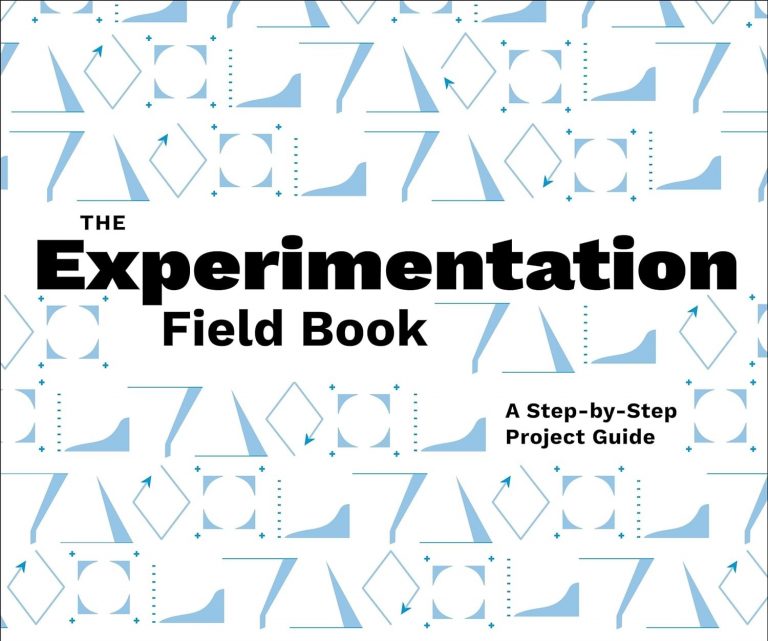An Overview of Service Design for the Private and Public Sectors report

Service design is an approach to innovating both private and public sector services that places the user at the heart of the development process. Service design is concerned with the customer experience and ensuring optimal interactions between the service provider and the service user through various ‘touch points’. Whether it is a small to medium-sized company (SME) or a local public authority, in developing new services, organisations can become preoccupied with the empirical data and develop services that are too far removed from the individual. The value of a service design approach is that it involves engaging the users directly in service development through action research, which provides a qualitative and human dimension to service development leading to increased desirability, usability and efficiency.
This SEE Policy Booklet seeks to answer some fundamental questions public officials may have about service design: What is service design? What are the benefits of a service design approach? Why engage in service design now? How does service design compare to other innovation methods? What are service design methods and tools? Subsequently, the booklet presents case studies of service design in the private and public sectors to illustrate service design processes in practice.
Private sector case studies:
– Aggrelek, a Welsh manufacturing company, that developed a service offering around their core business
– Service design tools and methods to companies in the tourism sector in Lapland in Finland
Public sector case studies:
– The Municipality of Rijkevorsel in Flanders
– The London Borough of Barking and Dagenham Council
SEE is a network of 11 European partners sharing international best practice to accelerate the adoption of design into government mainstream practices, policy and programmes.



